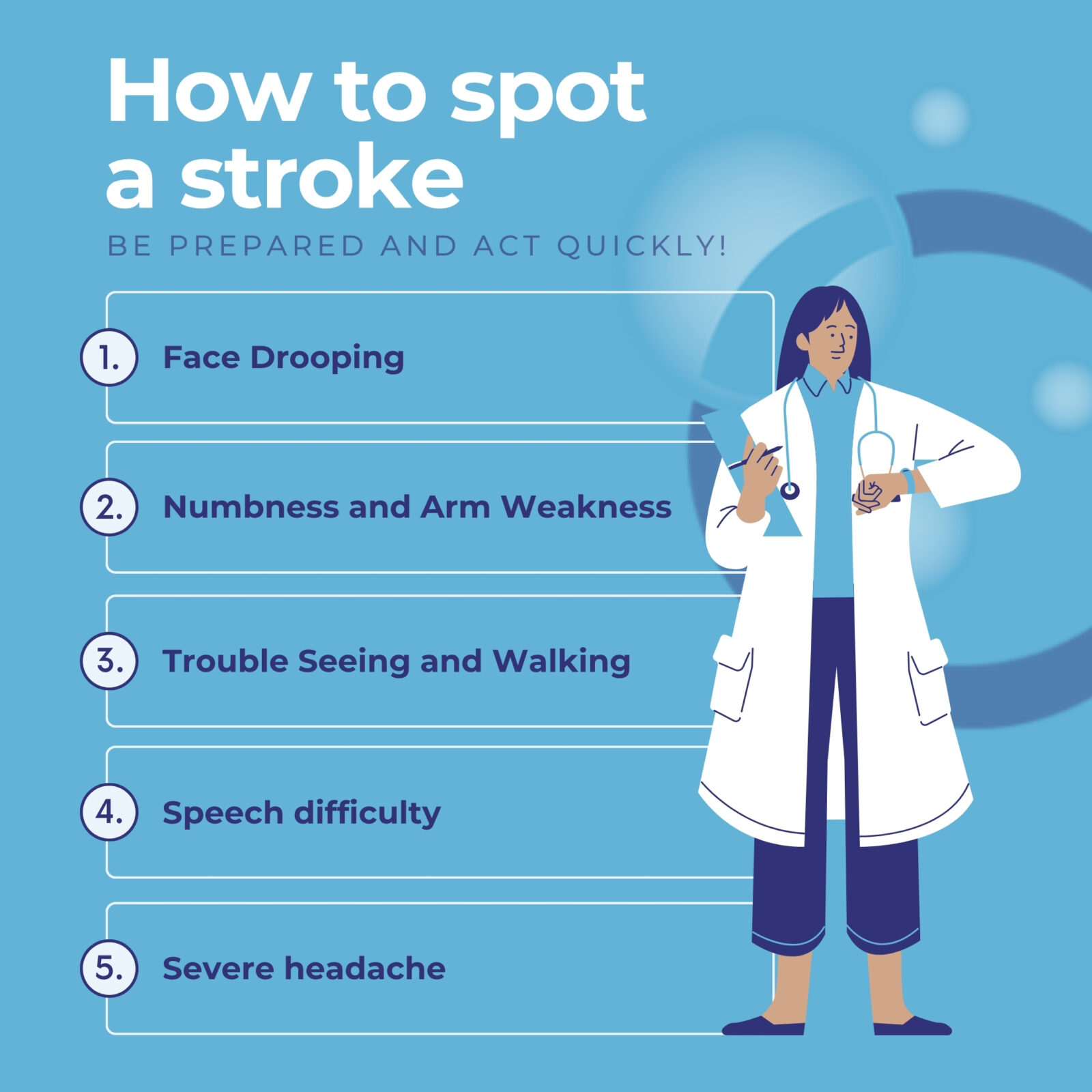
Stroke Recovery: How Hyperbaric Oxygen Therapy (HBOT) Is Changing Lives
Understanding Hyperbaric Oxygen Therapy (HBOT)
Hyperbaric Oxygen Therapy (HBOT) is a medical treatment that involves breathing 100% oxygen in a pressurized chamber. This process increases oxygen delivery to damaged tissues, reduces inflammation, and promotes cellular healing. While traditionally used for wound care, decompression sickness, and carbon monoxide poisoning, HBOT has gained growing interest for its potential in neurological conditions — including stroke recovery.
Can Hyperbaric Oxygen Therapy Help After a Stroke?
A stroke occurs when blood flow to the brain is interrupted, leading to brain cell damage from lack of oxygen. The brain’s natural recovery process can be slow and incomplete, depending on the severity and location of the stroke.
Studies suggest that HBOT may support stroke recovery by increasing oxygen supply to brain areas affected by reduced blood flow, even in tissue that appears inactive on imaging. Enhanced oxygenation may stimulate neuroplasticity — the brain’s ability to form new connections and pathways to compensate for lost functions.
Some clinical studies and patient reports have shown improvements in mobility, cognition, speech, and overall quality of life following HBOT sessions, even months or years after the initial stroke.
When Should HBOT Be Considered After a Stroke?
Timing is an important factor in stroke treatment and rehabilitation. Conventional medical care — including clot-busting medications, surgical interventions, and physical therapy — should always be the immediate priority following a stroke.
For HBOT, most stroke specialists recommend waiting until the patient is medically stable and cleared by their care team before considering this therapy. Typically, this may be:
- In the subacute phase (within days to weeks) after stabilization, for those exploring complementary recovery options early in rehabilitation.
- In the chronic phase (months to years post-stroke) for patients seeking improvement in lingering neurological deficits after traditional therapies have plateaued.
Consultation with a physician experienced in hyperbaric medicine is essential to determine candidacy, safety, and optimal treatment protocol.
Final Thoughts
While more large-scale, controlled studies are needed, Hyperbaric Oxygen Therapy is showing promise as a supportive option for stroke recovery. It offers potential benefits in reducing post-stroke disability and improving neurological function, particularly when started during recovery phases after medical stabilization.
If you or a loved one is exploring advanced stroke recovery therapies, consult a hyperbaric specialist to discuss whether HBOT might be appropriate as part of a personalized care plan.